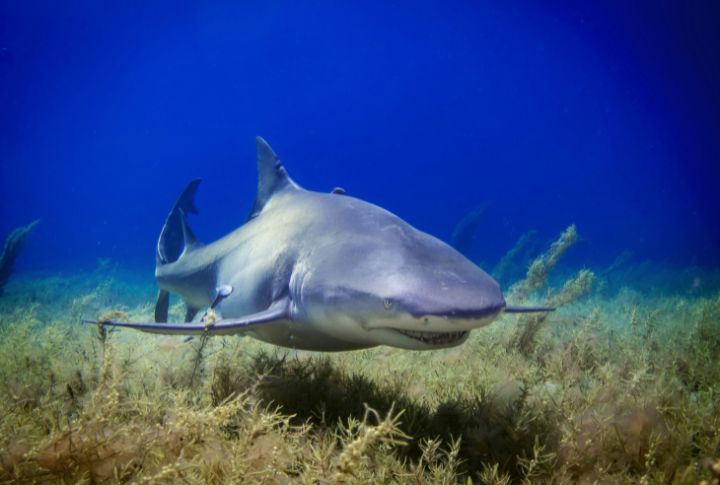
Sharks in rivers? Sounds like your cousin’s exaggerated story—but it’s true. Across the US, bull sharks have shown up miles inland, cruising through freshwater as if they own it. Locals spot them, scientists track them, and rivers quietly play host. These sharks aren’t lost. They’re just tough (and more adventurous) than most.
Mississippi River
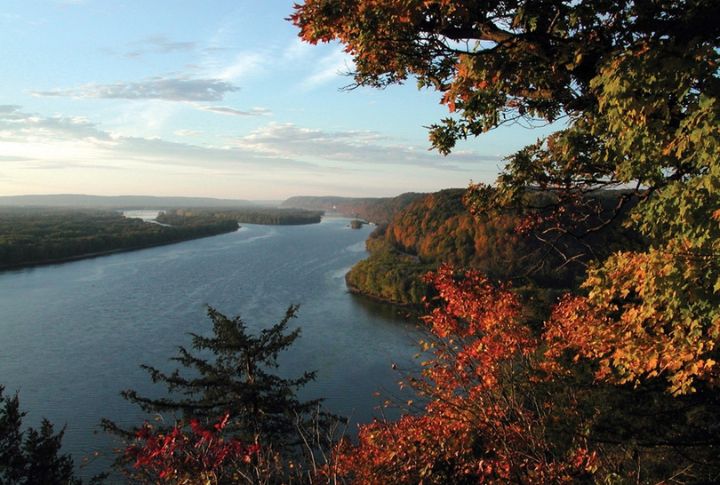
In 1937, a bull shark was caught near Alton, Illinois, over 1,100 miles from the Gulf of Mexico. This record-breaking swim remains the longest verified inland journey by a shark in North America. Local reports have kept the legend alive, with sightings popping up for decades. How did they do it? Well, it’s still a mystery.
Potomac River

Not far from the Capitol, bull sharks have made surprise cameos in the Potomac. One was captured near the St. Mary’s River mouth, with other reports confirming they’ve ventured into freshwater stretches. Brackish water makes this river an ideal entry point. When summertime comes, keep your eyes peeled near the shore of you’re visiting.
Mobile River

Bull sharks cruise from Mobile Bay into the Mobile River every summer. This estuary is a hotspot—connected to a known shark nursery and teeming with activity. The Mobile-Tensaw Delta offers ideal conditions for extended upriver swims. Don’t believe it? Research tags and fishermen back it up year after year.
Trinity River

Back in 2006, 40 miles inland, a bull shark was snagged near Liberty. It swam up from the Gulf via Galveston Bay, drawing headlines and public warnings. The brackish waters facilitated the long swim. The live shark provided biologists with an opportunity to study the phenomenon.
St. Johns River

Florida’s St. Johns River has hosted bull sharks over 100 miles upstream. The river flows north, a quirk that adds intrigue to each report. Sightings span decades, backed by credible accounts. With its mix of salt and fresh water, the St. Johns practically rolls out the red carpet for these bold visitors.
Atchafalaya River
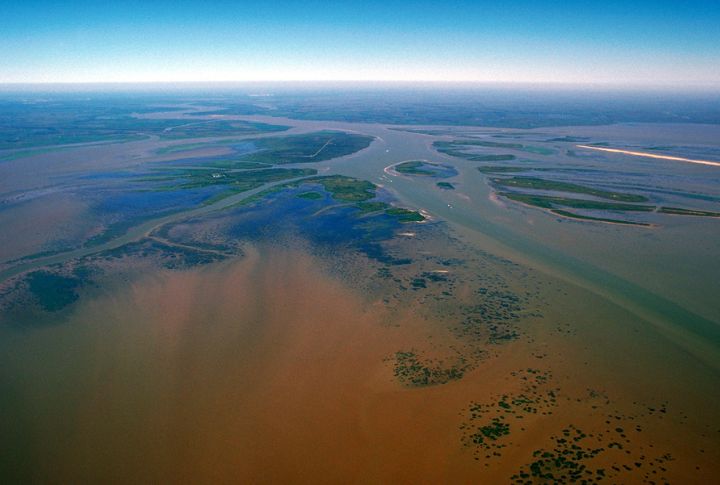
Tagging tech confirmed bull sharks entering Louisiana’s Atchafalaya River from the Gulf. This system winds through lush bayous and wetlands, offering easy access via brackish channels. LSU marine biologists tracked them deep into the delta. This was not guesswork but valuable data.
Hudson River
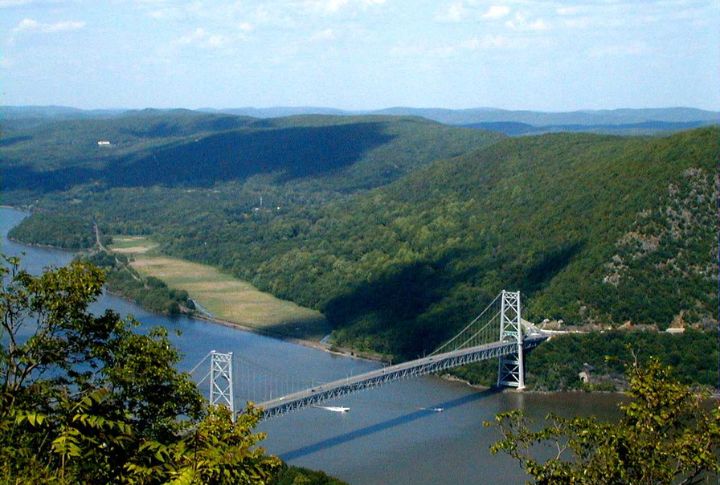
A juvenile shark made headlines when it was spotted near Manhattan. It swam up from the Atlantic and surprised anglers in one of America’s busiest rivers. Warmer months bring more visits to the harbor area. Though short-lived, these inland journeys prove that even the Big Apple isn’t off the menu.
Pascagoula River
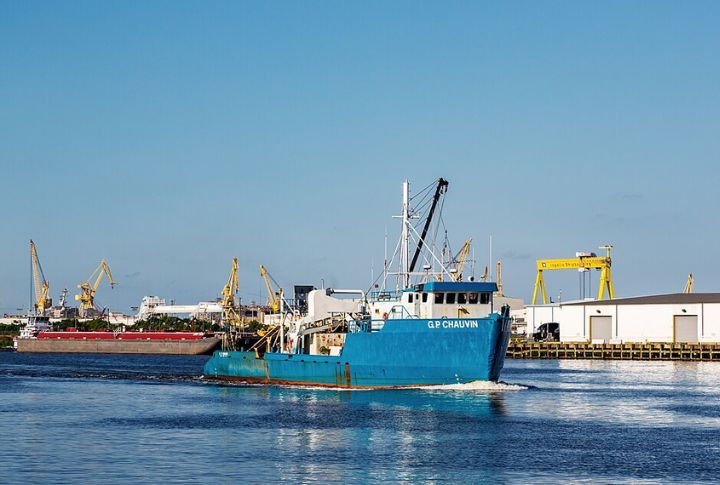
The Pascagoula River in Mississippi sees bull sharks every year. It flows from a brackish bay right into freshwater zones—perfect for upriver excursions. Local marshes even serve as shark nurseries. Anglers here know the deal, and wildlife officials now keep tabs on seasonal movements.
Indian River
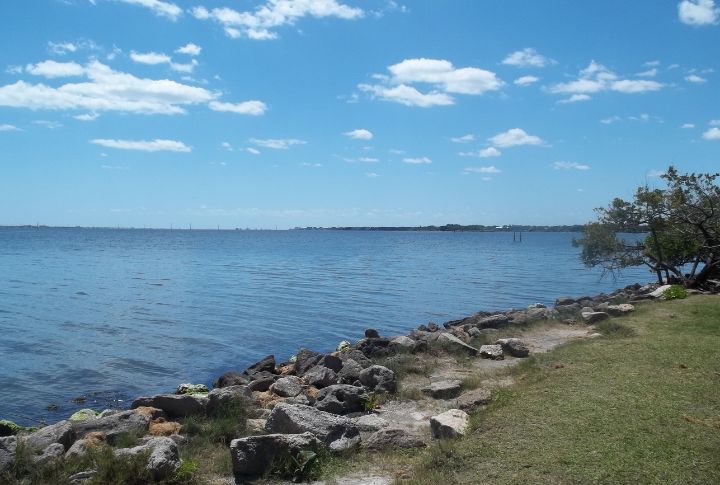
Tiny fins in a big lagoon? Bull shark pups have been found far up the Indian River Lagoon near Cape Canaveral. This estuary offers brackish zones that help young sharks survive. It’s a known nursery, with regular sightings during the breeding season. It seems these sharks chose a smart (and safe) place to start their lives.
San Bernard River
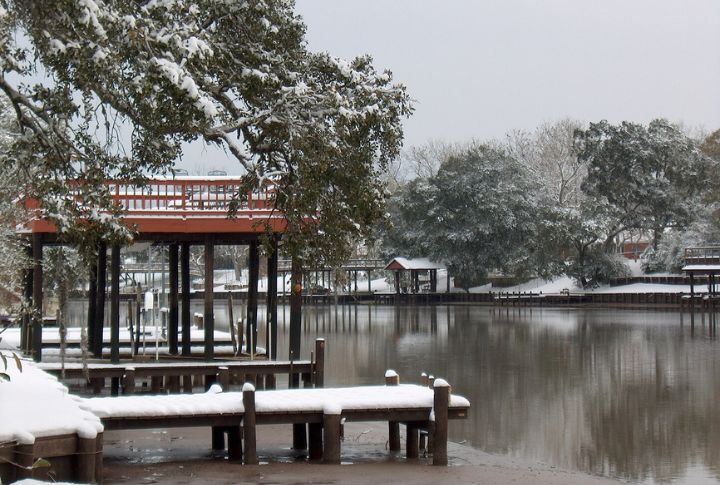
Bull sharks routinely enter the San Bernard River, a Gulf-connected waterway in Texas. It has become a reliable nursery for juveniles, with most sightings during the summer. Anglers often report upstream sightings as young sharks explore the river’s brackish stretch.
